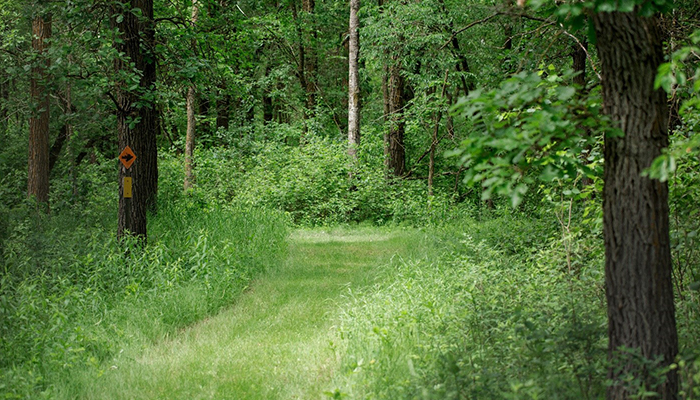Summer months in Minnesota means enjoying the outdoors. This year especially your family may be hiking in local parks. Unfortunately summer is also the peak season for ticks and Lyme disease. Lyme disease is caused by the bite of an infected black legged (deer) tick. Lyme disease is the most common tick borne disease in the US and all too common in MN.
Prevention is the best way to prevent tickborne illness.
- Blacklegged ticks (deer ticks) are found in wooded or brushy areas.
- Use repellant
- Products containing permethrin, which are used on clothing and gear, are especially recommended for people who spend a lot of time in wooded areas. Do not use permethrin on your skin.
- Concentrations up to 30 percent DEET are also safe for children (according to reports from the American Academy of Pediatrics). Do not use DEET for infants under two months of age.
- Bathe or shower after coming indoors to wash off and more easily find ticks that may be crawling on or attached to you.
- Search your entire body closely, especially hard-to-see areas (e.g. behind knees, groin area, and arm pits).
- Prompt tick removal is important in order to lower your risk of tickborne disease. A tick needs to be on your body for 1-2 days to be able to transmit the Lyme disease to you so nightly tick checks are ok.
- Use a pair of tweezers or your fingers to grasp the tick by the head, close to the skin.
- Pull the tick outward slowly, gently, and steadily.
- Clean the area with soap and water.
- Avoid folk remedies like Vaseline®, nail polish remover or burning matches – they are not a safe or effective way to remove ticks.
MN Department of Health has videos that show how to remove a tick as well as pictures of different ticks.
Symptoms of Lyme disease
- Early symptoms of a few days to weeks include a rash, although it may not always be a bullseye rash. A fever, fatigue and headache are often present. In children, the rash is the most common symptom.
- Later symptoms that can develop in the following days to weeks include ongoing fever, headaches, fatigue and weakness. A stiff neck, dizziness, and heart palpitations may develop as can weakness, numbness or pain in the arms, legs, and joints.
- Months later a child can still develop joint pain, fever and weakness.
Testing
There are blood tests available but these tests may not be positive for several weeks after the tick bite. It is recommended to come see your provider at South lake Pediatrics for a face to face check.
Treatment
If detected early, antibiotics are often used to successfully treat Lyme disease.
Don’t let these small ticks ruin your fun outside. Get out there and explore. But take precautions and definitely do your tick checks!

Leave a Reply